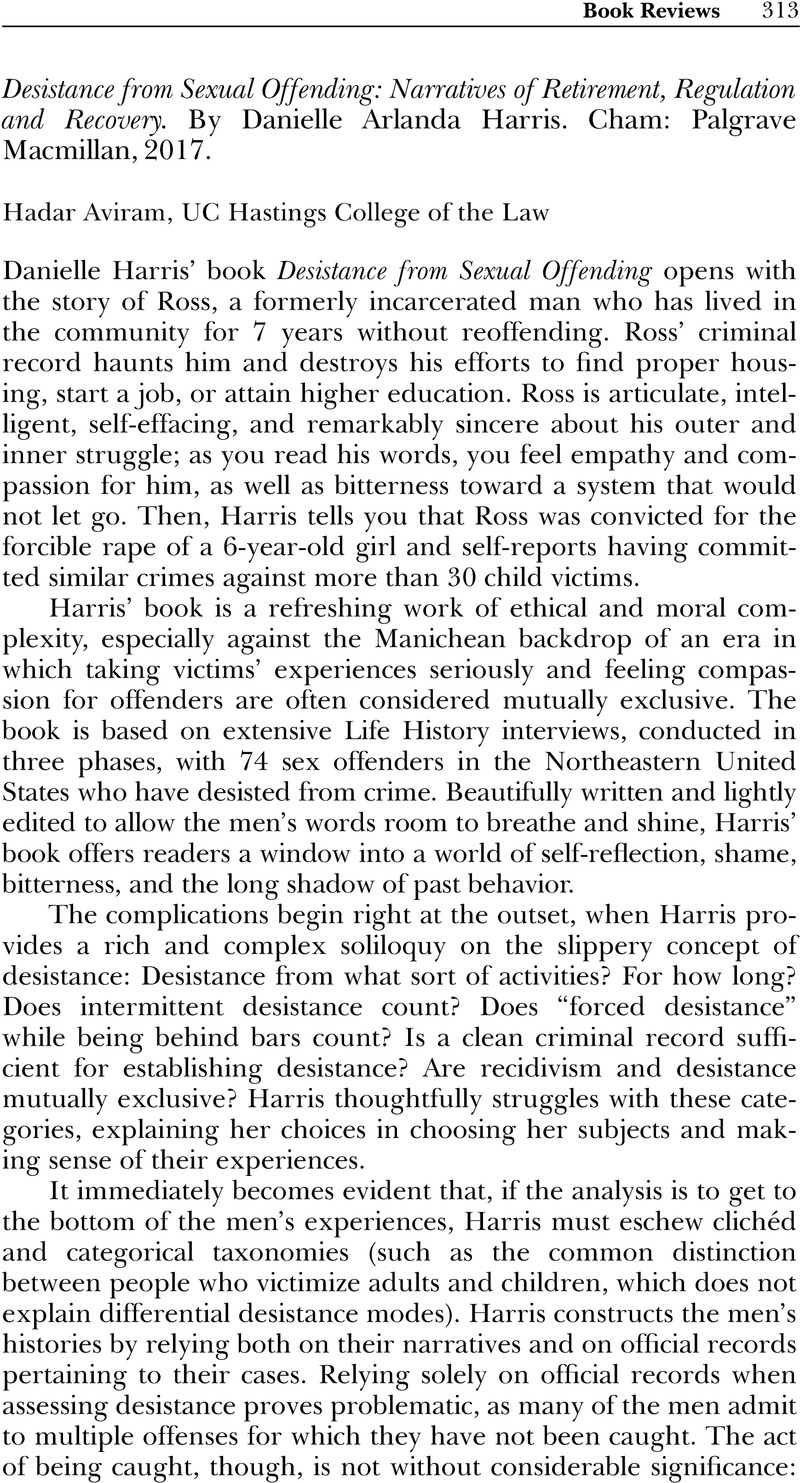Crossref Citations
This article has been cited by the following publications. This list is generated based on data provided by Crossref.
Moncany, Anne-Hélène
Vigourt-Oudart, Sylvie
Canale, Nathalie
Chollier, Marie
Mouchet-Mages, Sabine
and
Bouchard, Jean-Pierre
2020.
Les Centres Ressources pour les Intervenants auprès des Auteurs de Violences Sexuelles (CRIAVS).
Annales Médico-psychologiques, revue psychiatrique,
Vol. 178,
Issue. 6,
p.
657.



